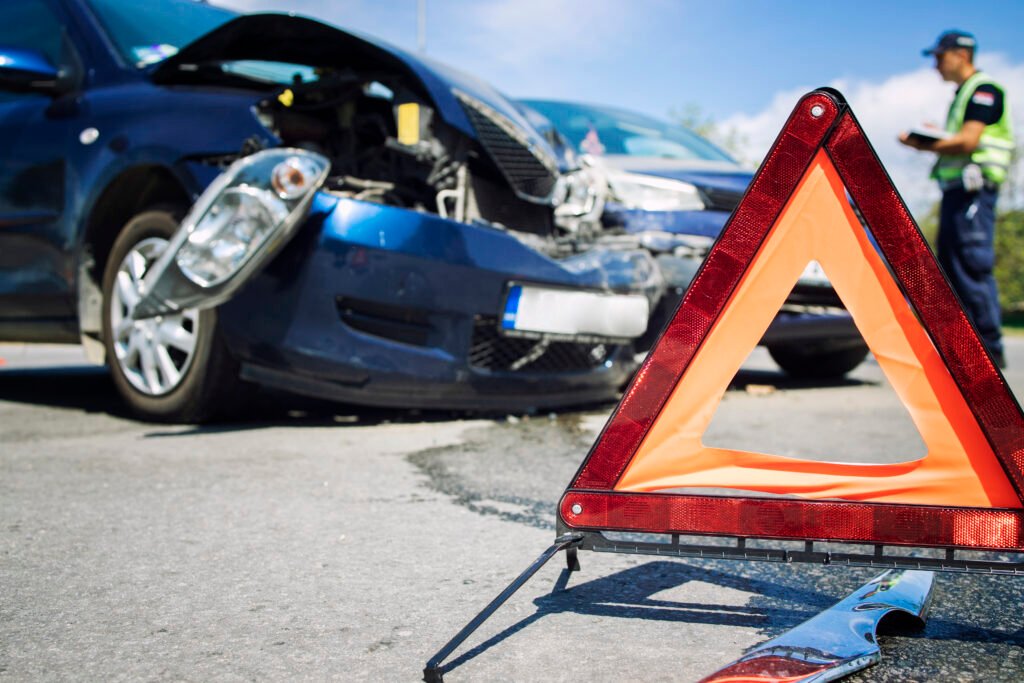
How do we balance addressing these and also implement safety technologies?
Did you know that India recorded 4,12,432 road accidents in 2021? Whereas the number of accidents recorded in 2020 was 3,66,138, indicating a 12.65% increase in road accidents in 2021. The Ministry of Road Transport and Highways reported that about 67% of accidental deaths in 2021 were of the age group of people between 18-45 years. This shows that not only are people losing lives, but we, as a nation, are also losing human resources that contribute to the country’s economic development.
Now, you must be wondering about the major causes of this massive number of road accidents. The numbers can be attributed to various factors, including human error and road users’ negligence in adhering to transportation safety measures. Other factors that contribute to road accidents are as follows:
● Lack of road infrastructure
● Lenient enforcement of traffic rules
● Lack of police force to maintain road safety
● Lack of public awareness and education initiatives
● Lack of advanced technologies in vehicles to ensure the safety of drivers and riders
● Lack of research and safety technology concerning transportation
● Non-adherence to traffic rules and regulations, etc.
These were some of the many reasons behind the increasing number of two- and three- wheeler road accidents. Now, let’s see what can be done to prevent or decrease these numbers.
Addressing the Increasing Number of Road Accidents
Addressing the above factors contributing to road accidents in India needs short-term and long-term solutions. We have listed some of these strategies below that will help improve road infrastructure and enhance road safety:
- Strict enforcement of traffic rules and increased penalties for violations: Rigorous traffic rules and regulations should be enforced along with increased police personnel present on densely populated roads. Implementing stricter speed limits, seat belt and helmet use, drunk driving checks, and stringent traffic violation penalties can maximize road safety and decrease the number of fatal accidents.
- Increased public funds: The state and central government should allocate enough funds to improve road safety. The funds should be invested in increasing well-designed and well- maintained roads, with increased signage, markings, and lighting roads. Funds should be used to repair potholes and implement warning signs before a damaged road for better safety. These funds can also be used to employ more police personnel who ensure traffic rules and aid in decreasing the number of road accidents. The funds can also be used to increase public awareness campaigns to educate people about road safety measures and teach the implications of the traffic violation. These campaigns will help promote responsible behavior among various road user groups, such as drivers, pedestrians, and cyclists.
- Enhanced emergency response system and medical care: The severity of injuries and fatalities in road accidents can be decreased by strengthening emergency response systems, such as ambulance services, trauma care facilities, and hospitals near highways. For accident victims, receiving quick and adequate medical attention might increase their chances of surviving and recovering after severe injuries.
- Increased research and innovation: Road safety can be improved by developing new technologies, materials, and procedures with research and innovation in the field of transportation. To encourage research and innovation in road safety, stakeholders such as governments, automakers, academic institutions, and other entities should regularly collaborate to develop newer solutions to improve road infrastructure.
- Implementing safety technologies in vehicles should be encouraged: Seat belts, airbags and Advanced Driver Assistance Systems (ADAS) like lane departure alert, Potholes warning, blind- spot monitoring, and collision avoidance systems are a few examples of modern safety technologies that can protect road users. Automobile manufacturers must be encouraged and incentivized to implement safety features in all types of vehicles.
Leveraging Advanced Technologies for Enhanced Road Safety
Implementing advanced technologies can significantly enhance road safety and decrease the number of fatal accidents. Using technologies like ADAS can help prevent accidents caused by human error, as this technology provides real-time feedback and assistance to the driver at any point.
Mandating the use of seat belts, airbags, Anti-lock Braking Systems (ABS), Electronic Stability Control (ESC), and traction control can reduce the severity of injuries in case of accidents. Additionally, utilizing connected vehicle technologies, which allow automobiles to communicate with one another and with infrastructure like traffic lights and road signs, can be highly beneficial. It can provide drivers and riders with real-time information on road conditions, congestion, and potential hazards, allowing them to make informed decisions to avoid accidents.
Other advanced technologies like Intelligent Transportation Systems (ITS) can be used to manage and optimize traffic flow and monitor road conditions to provide real-time infrastructure updates to drivers. Furthermore, by assessing the vehicle’s condition, telematics technologies can be used to improve safety. This system monitors and analyzes drivers’ behavior, vehicle performance, and road conditions using data from sensors and GPS. This
information can be used to evaluate risk, identify areas of concern, and give drivers feedback. Fleet managers can use this technology to control driver conduct, keep track of vehicle maintenance, and plan better routes.
Conclusion
Now that you’re here, we hope you understand everything that can be done to improve safety on the road. But, one should also know that it’s not just the infrastructure that needs improvement; equal collaboration is required from the driver’s end to ensure road safety. Responsibility and avoiding drugs or drunk driving still stand at the top of the list for ensuring road safety.
 TrafficInfraTech Magazine Linking People Places & Progress
TrafficInfraTech Magazine Linking People Places & Progress